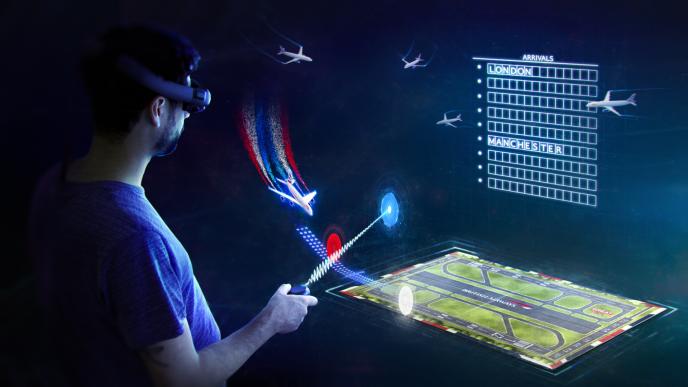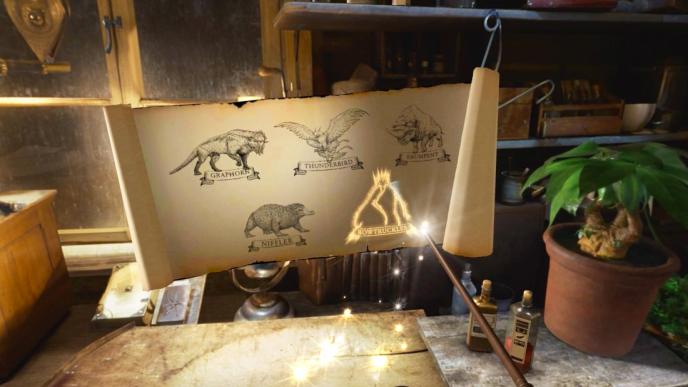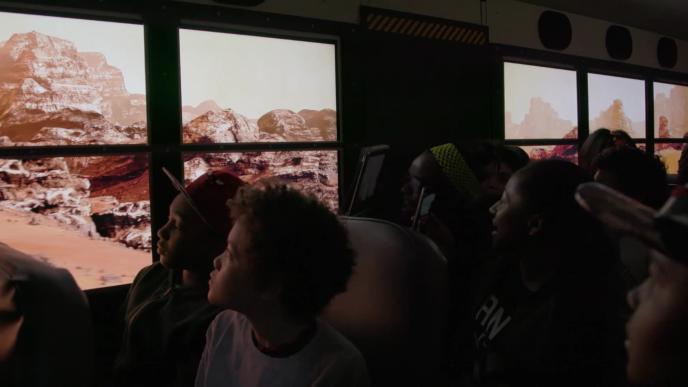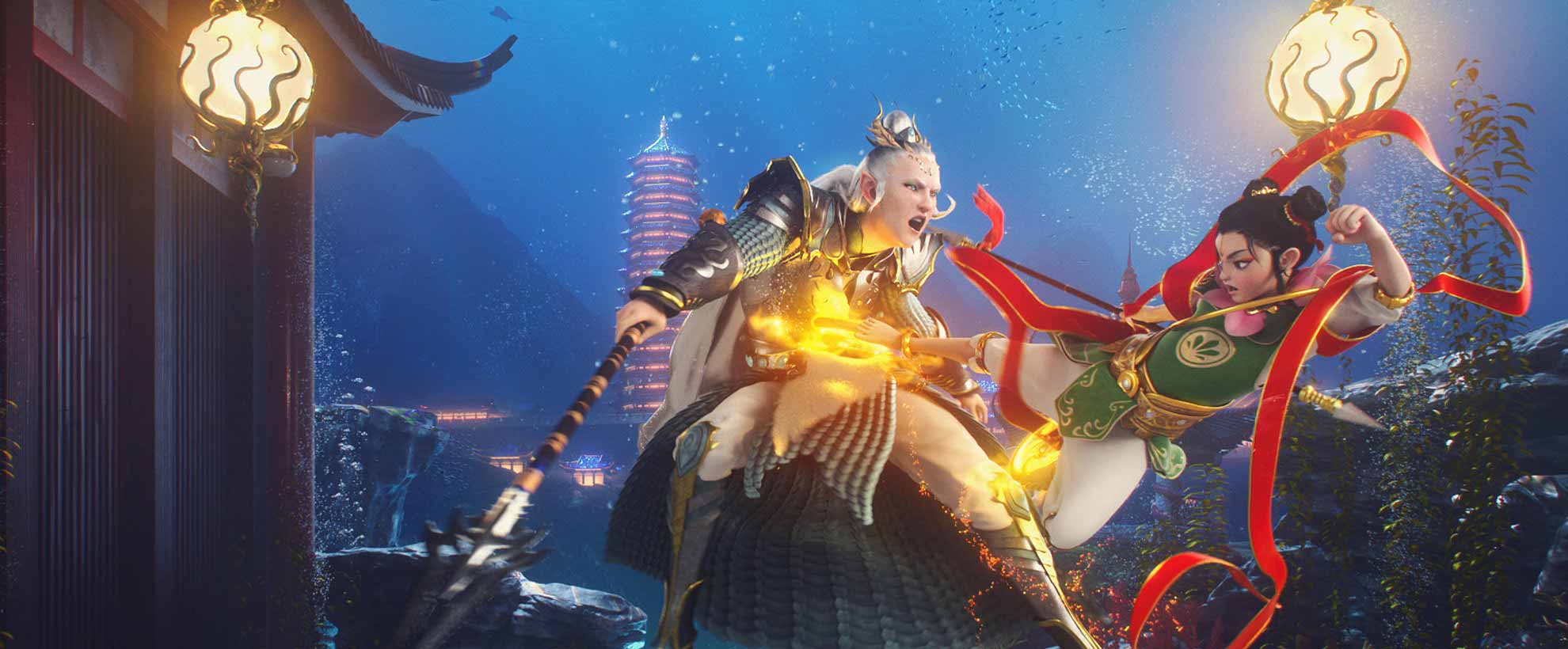
Pearl Quest
Framestore was tasked with writing and executing a full nine-minute entertainment experience, for Pearl Quest, a dark ride project for China’s Wanda Group. The work sees Framestore’s esteemed heritage in VFX applied to the theme park format creating a visually-impressive retelling of Chinese folklore deity, Nezha.
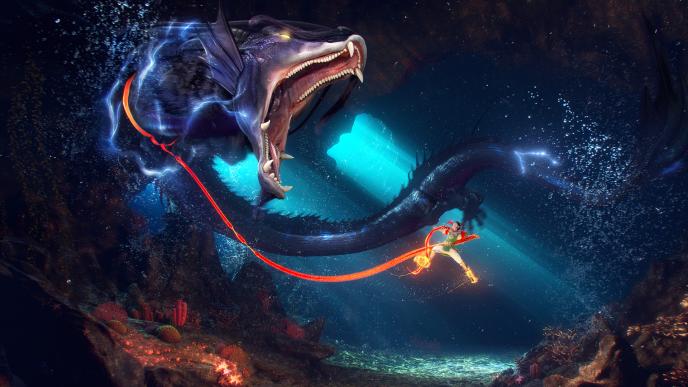
A well-known character in Chinese mythology, Nezha is often depicted as a youth, found protecting his people from demons and dragons. The Framestore sought to replicate intricate mythological detail in the character and his adversaries, as well as in the ride’s environments, architecture and language.
Framestore’s Rides Directors Gavin and Jason Fox led the charge in scripting the narrative from scratch, drawing on extensive research into the roots of Nezha’s story to deliver a contemporary take. Art Department and Design Studio concept artists were instrumental in visualising the piece, in an exploration period spanning 18 months; setting the look for the piece’s characters, creatures, weapons and environments. For guests to the attraction, such details would be critical in the ride’s believability - if ‘read’ well, they would allow riders to engage with the experience to the max.
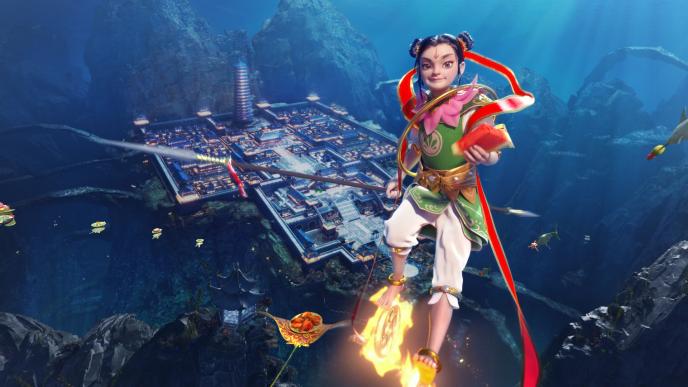
Nezha’s story is a vast undertaking. For Pearl Quest, the team worked with Wanda to establish a character iteration towards the end of his creation story, aging him as a 12-year old as opposed to a child. Reference material for his behaviours and movements drew on video game trailers and contemporary movies; Framestore’s animators also spent significant time with Kung Fu professionals, documenting their moves in a number of reference shoots to later draw upon for the action scenes.
The five starring dragons posed a greater reference challenge - more accustomed to Western tellings of vicious beasts, the animators once again needed to pinpoint the exact history of the Chinese mythical breed. Not often found in contemporary media, Framestore’s CG work here sought to set a new benchmark for the creatures.
Much of Pearl Quest takes place in a vast, underwater, palatial city. Building designs and architectural stylings were traced back to Chinese dynastic history, then given a fantasy edge. Realism fell to the wayside in favour of bold, bright entertainment - a creative licence not often granted in VFX - with Framestore’s artists working to best-match the theatrical settings built on site in Qingdao.
The outcome of their extensive look-development is a vibrant, hyper-stylised animation, packed with pacy, fantasy action. Such a graphic look is unusual for Framestore; for the artists, a chance to enjoy the ultimate ‘more-is-more’ approach.
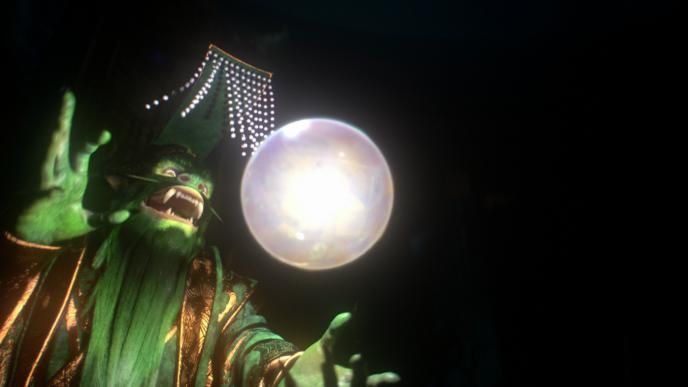
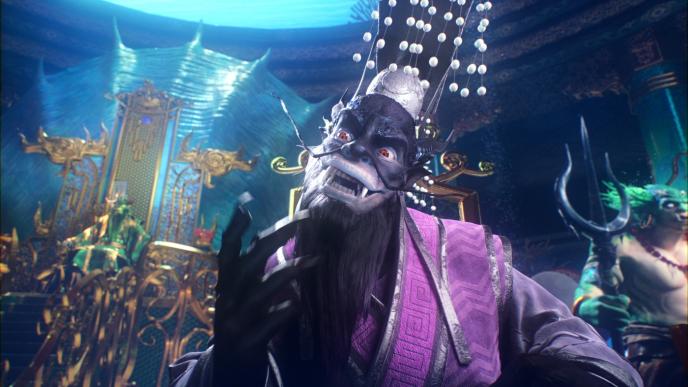
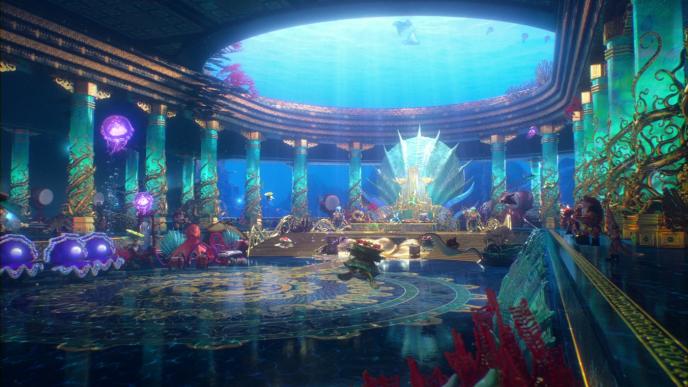
Challenges would present themselves in the wrangling of the ride’s content, as well as in its look and feel. Working predominantly from London meant that the team was unable to view their work in context on a regular basis. A virtual reality replication of the ride was swiftly developed, which would prove invaluable in imagining the proposed scenes.
Working in 1:1 scale - necessary in this instance, to maintain the rider’s perspective of ‘peering in’ to the action - also posed new questions for a team more accustomed to the close-ups and camera cuts of film and advertising. Without such mechanisms to draw the viewer’s eye, more time went into forming directional cues between screens and scenes, aware that ride guests are free to continually take an almost 360 look at their surroundings. Once key narrative beats were placed the artists were let loose to set-dress, filling blank spaces with additional media and easter eggs for eagle-eyed repeat riders.
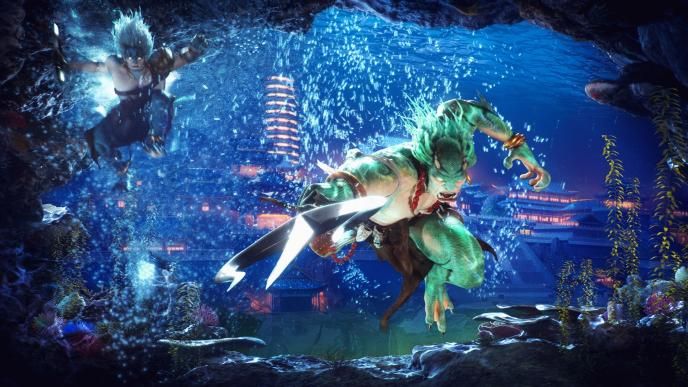
Once on-site in Qingdao for the final install, the team could get hands-on with the media and make final amends to maximise its impact.
Late adjustments to lighting had been anticipated, but a live grading process on-site proved one of the most beneficial additions to the final piece - offsetting the effects of ambient light in the space, and bringing dazzling vibrancy to the screened content.
The installation also allowed Framestore to test its ride car programming, engineered in tandem with the content creation by VFX Supervisor Eugénie von Tunzelmann. Although typically set in situ, the reactive movements factored in by animators in London translated well to the physical build, adding further skills to the Rides arsenal whilst creating a seamless 4D experience for ride-goers.
The blurring of the digital and physical worlds was enhanced further by set dressing and additional media features, including an enormous dragon ball at the ride’s entrance. Dedicated to creating a fully immersive experience, and having accrued a deep understanding of the project over its lifespan, the team was well-equipped to tackle such creative problems in the moment.
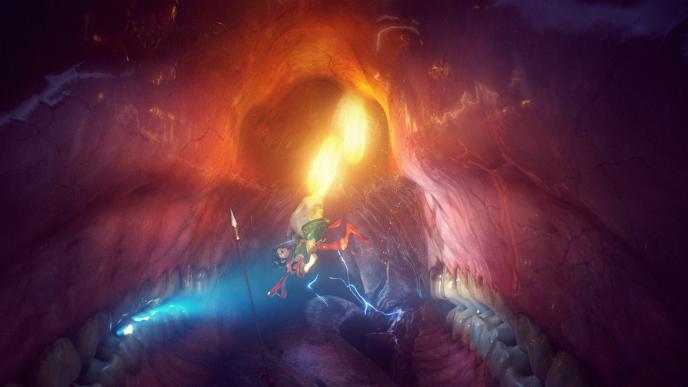
As thrilled as Framestore was with the finished work, ultimate approval would come from Pearl Quest’s riders. In Qingdao for the attraction’s friends-and-family opening, the team saw 10,000 footfall through the attraction in a single day, and had the chance to see families and children reacting to the media, and Framestore’s modern retelling of Nezha’s story. Fuelled by overwhelmingly positive feedback, the Rides team take forward myriad learnings from their partnership with Wanda, ahead of a busy slate of location-based entertainment projects.

